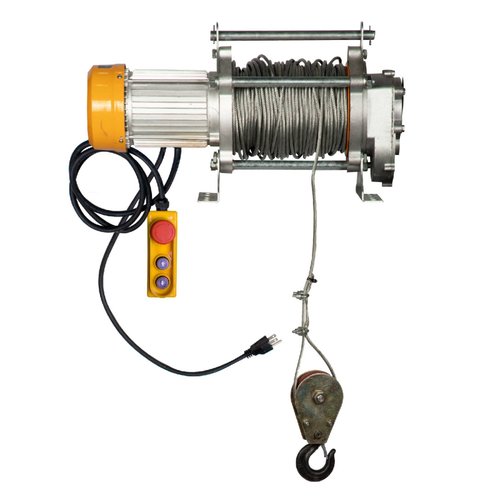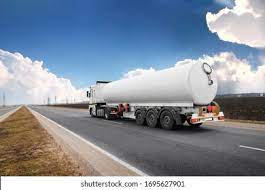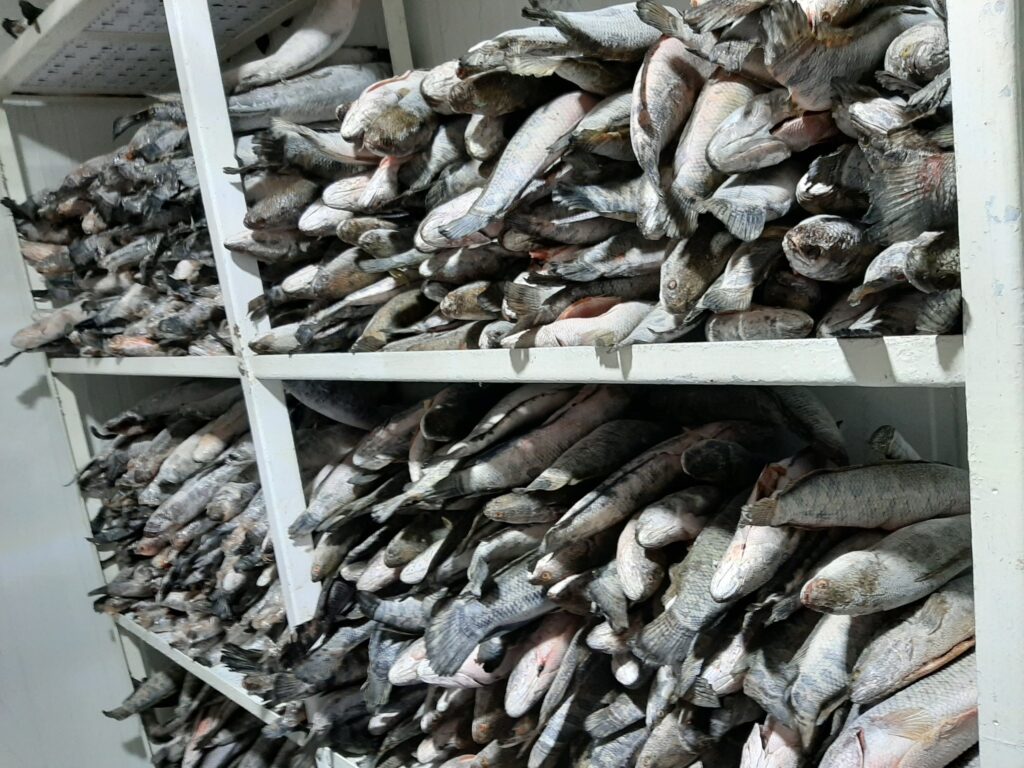Ensuring compliance with standards and regulations for hoists is paramount to maintain safety and efficiency in various industries where lifting and moving heavy loads are routine. Hoists play a crucial role in construction, manufacturing, mining, and numerous other sectors, and adherence to standards is essential to prevent accidents, ensure workplace safety, and meet legal requirements. One of the fundamental standards governing hoists is the Occupational Safety and Health Administration OSHA regulations in the United States. OSHA provides detailed guidelines regarding the design, installation, operation, and maintenance of hoisting equipment to minimize hazards and risks associated with lifting operations. These regulations encompass various aspects, including load capacity, inspection procedures, and operator training requirements. Load capacity specifications are among the most critical aspects of hoist standards. OSHA mandates that hoists must be rated to safely lift loads within their specified capacity limits. Overloading a hoist can lead to catastrophic failures, endangering workers and causing property damage.

Therefore, adherence to load capacity ratings is non-negotiable to ensure safe lifting operations. Regular inspection and maintenance are also central to compliance with hoist standards. OSHA mandates that hoists undergo periodic inspections by qualified personnel to identify and address any defects or malfunctions promptly. Routine maintenance tasks, such as lubrication and replacement of worn components, are essential to keep hoists in optimal working condition and prevent accidents due to equipment failures. In addition to OSHA regulations, hoist manufacturers must comply with industry-specific standards and certifications. For instance, the American Society of Mechanical Engineers ASME sets standards for various types of hoisting equipment, including polipasto electrico, gantry cranes, and wire rope hoists. These standards cover design requirements, performance criteria, and safety features to ensure that hoists meet minimum quality and safety standards.
Moreover, international standards, such as those established by the International Organization for Standardization ISO, provide guidelines for hoist manufacturers and users worldwide. ISO standards address a wide range of topics, including design, testing, and certification requirements, to promote consistency and interoperability across different markets and jurisdictions. Compliance with hoist standards extends beyond equipment specifications to include operator training and competency. OSHA mandates that hoist operators receive adequate training and certification to safely operate the equipment and perform lifting tasks effectively. Training programs typically cover topics such as hoist operation, load-handling techniques, safety procedures, and emergency protocols to equip operators with the knowledge and skills needed to mitigate risks and prevent accidents. Furthermore, maintaining detailed records of equipment inspections, maintenance activities, and operator training is essential for demonstrating compliance with hoist standards during regulatory audits and inspections. Documenting compliance efforts not only helps organizations meet legal requirements but also fosters a culture of safety and accountability in the workplace.



